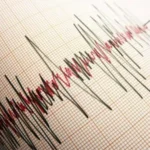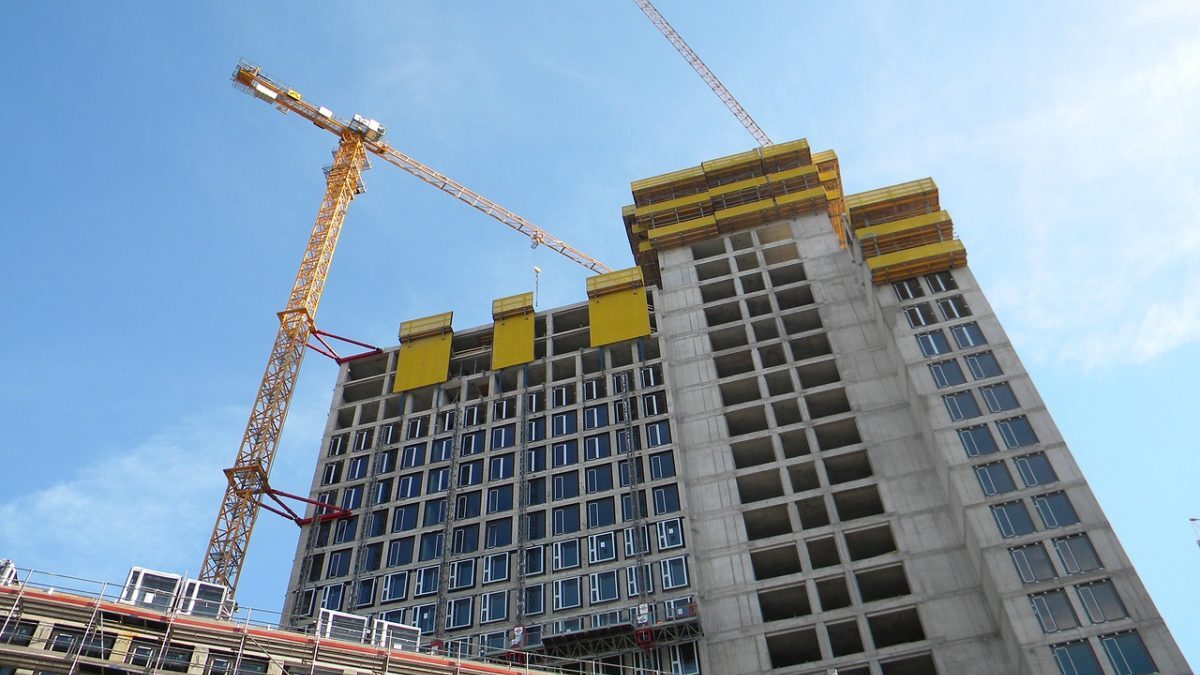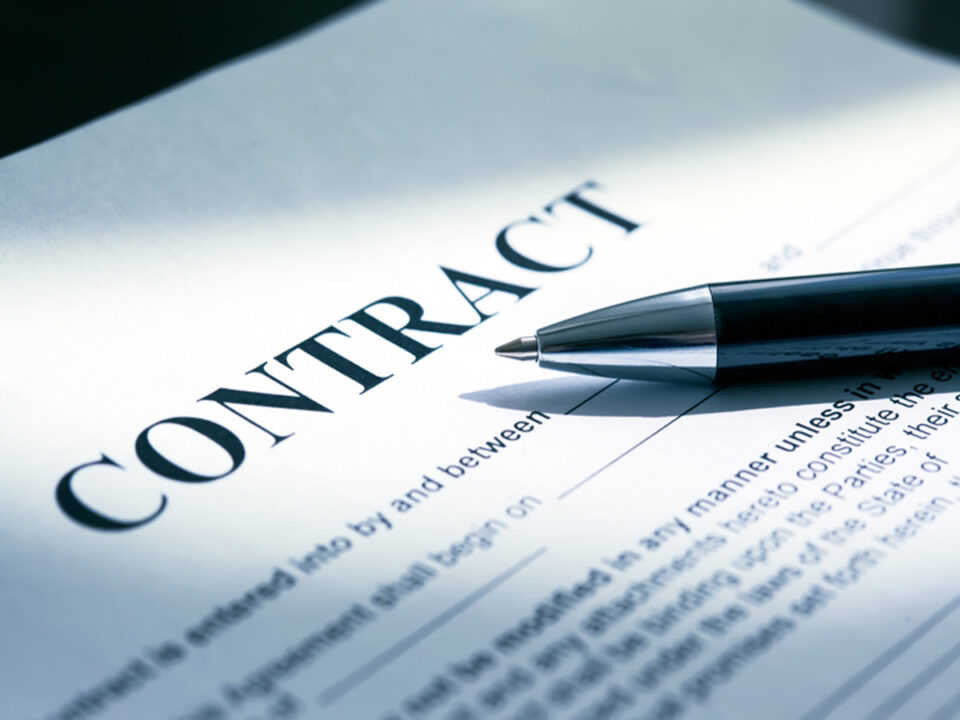
Postponement of Criminal Sentence Execution: Conditions, Procedures, and Key Legal Considerations
11 August 2025
State and Municipal Liability After an Earthquake: Legal Framework and Compensation Rights
11 August 2025In recent years, earthquakes and deficiencies in construction oversight in Türkiye have brought contractor liability into public focus.
Collapsed buildings during earthquakes, defective construction works, and breaches of contractual delivery termscan give rise to both pecuniary (material) and non-pecuniary (moral) compensation claims.
Such claims are generally based on the provisions of the Turkish Code of Obligations (TCO) regarding contracts for work, tort liability, and, in certain cases, on the Turkish Penal Code (TPC).
1. Legal Grounds
a) Liability Arising from the Contract for Work
- TCO Art. 470: The contractor is obliged to complete and deliver the work in accordance with technical and scientific standards.
- TCO Art. 472: If the contractor supplies defective materials, they are liable as if they were the seller.
- TCO Art. 475: In the event of substantial defects, the employer may demand the defect’s remedy, a reduction in price, or termination of the contract.
- TCO Art. 478: Claims arising from defective works are time-barred 5 years after delivery, or 20 years in cases of gross negligence.
b) Tort Liability
- TCO Art. 49: Any person who unlawfully causes damage to another is obliged to compensate for that damage.
- TCO Art. 71: Those engaged in inherently dangerous activities (such as high-rise construction) bear stricter liability.
- In the event of a building collapse during an earthquake, a contractor’s failure to comply with regulations constitutes tort liability.
c) Criminal Liability
- TPC Art. 85: Causing death by negligence (2–15 years’ imprisonment).
- TPC Art. 89: Causing injury by negligence.
Alongside criminal proceedings, victims or their relatives may also file pecuniary and non-pecuniary compensation claims.
2. Pecuniary Compensation Claims
a) Recoverable Damage Items
- Repair or Reconstruction Costs: For buildings collapsed or severely damaged.
- Loss of Value: Reduction in the market value of the property.
- Loss of Rent and Relocation Expenses: Costs for temporary accommodation or workplace relocation.
- Medical and Rehabilitation Costs: In case of injury, medical treatment expenses and loss of earning capacity.
b) Evidence
- Independent expert reports
- Official damage assessment reports
- Title deeds, architectural plans, and building permits
- Photographs, videos, and correspondence records
3. Non-Pecuniary Compensation Claims
a) Legal Basis
- TCO Art. 56: In the event of death or serious bodily injury, relatives may claim an appropriate amount of non-pecuniary compensation.
The aim is to partially alleviate the pain, suffering, and emotional distress experienced by the victims.
b) Court of Cassation Criteria
- Severity and consequences of the event
- Degree of the contractor’s fault
- Social and economic status of the parties
- Circumstances under which the incident occurred (e.g., violation of earthquake-resistant construction standards)
4. Step-by-Step Litigation Process
1. Preliminary Stage
- Gathering Evidence: Building inspection documents, permits, technical reports
- Damage Assessment: Commissioning an independent expert report
- Fault Analysis: Determining the share of fault attributable to the contractor and other responsible parties (architect, engineer, inspection company)
2. Filing the Lawsuit
- Competent Court: Civil Court of First Instance or Consumer Court
- Tort Cases: Courts in the place where the damage occurred also have jurisdiction
3. Trial Proceedings
- Expert examination
- Review of fault and damage assessment reports
- Submission of parties’ evidence
- Court judgment
5. Statute of Limitations
- Contract for work: 5 years, or 20 years in cases of gross negligence (TCO Art. 478)
- Tort: 2 years from the date the damage and liable party are known, and in any case 10 years from the act (TCO Art. 72)
- Criminal-linked claims: The limitation period applicable to the related criminal offence
6. Examples from Practice
- A contractor found 70% at fault for a building collapse during an earthquake being ordered to pay both pecuniary and non-pecuniary damages.
- Claims for loss of rent due to evacuation after structural cracks caused by the use of substandard concrete.
- Claims for additional expenses arising from delays in completion beyond the contractual delivery date.
The success of pecuniary and non-pecuniary compensation claims against contractors depends on accurately determining fault, documenting damages, and choosing the correct legal basis.
Following earthquakes or similar disasters, such claims can be pursued under the provisions of contract law, tort law, and criminal law.
Victims are strongly advised to consult a specialized lawyer at the outset to effectively protect their rights.





